What Are The Different Types of Digital Marketing?

Have you ever tried to look up digital marketing, only to find that there are a bunch of different kinds? Have you wondered how many different kinds there are, given that you can see articles telling you about all five right next to articles detailing all sixteen?
The digital world is complicated and ever-evolving, but categories of marketing don't necessarily change all that much. Sometimes, when an emerging technology hits the big time, you can see a new form of marketing spring up. Most formats, though, don't change all that much.
So how many different types are there, really, and what are their uses? Let's dig in.
 30 Second Summary
30 Second Summary
Explore digital marketing through common methods like creating a user-friendly website, engaging in social media, crafting strong content, optimizing for search engines, and using email to reach your audience. Experiment with paid ads, affiliate partnerships, and real-time messaging to boost your brand. Try less common tactics like AR/VR, influencer collaborations, and creative PR strategies to stand out. Tailor these strategies to suit your business needs and drive success.
Digital Marketing in Totality
First, let's make a broad definition; what is digital marketing, and what isn't?
The easiest definition is simple: digital marketing is all marketing that involves a digital device, rather than non-device marketing channels. For example, marketing via a blog is digital, but marketing via mass mailers is not.
This ends up a bit muddled. Is television marketing considered digital? Recent changes in broadcasting laws mean traditional analog television signals are no longer broadcast, though low-power local TV stations can still use those channels. Technically, all television broadcasts are digital. Likewise, unless you're using an old CRT television, your display is digital.
If you build up a physical mailing list via your website, is it digital or not? You used a digital method – your website – to gather the addresses, but you still send physical paper mailers to those addresses.
I'm going to divide things up into two broad categories: common digital marketing and less common digital marketing.
Common digital marketing includes any marketing channel using the internet or a digital device, such as a mobile phone. It does not include hybrid methods like the mailer example, or transitioned methods like television.
Those less common methods are worth including because they're part of marketing overall, and knowing that they have some interaction with digital marketing is important. All of your marketing is part of one greater ecosystem, after all. Keeping them completely separate would be a mistake.
Common – Website Design
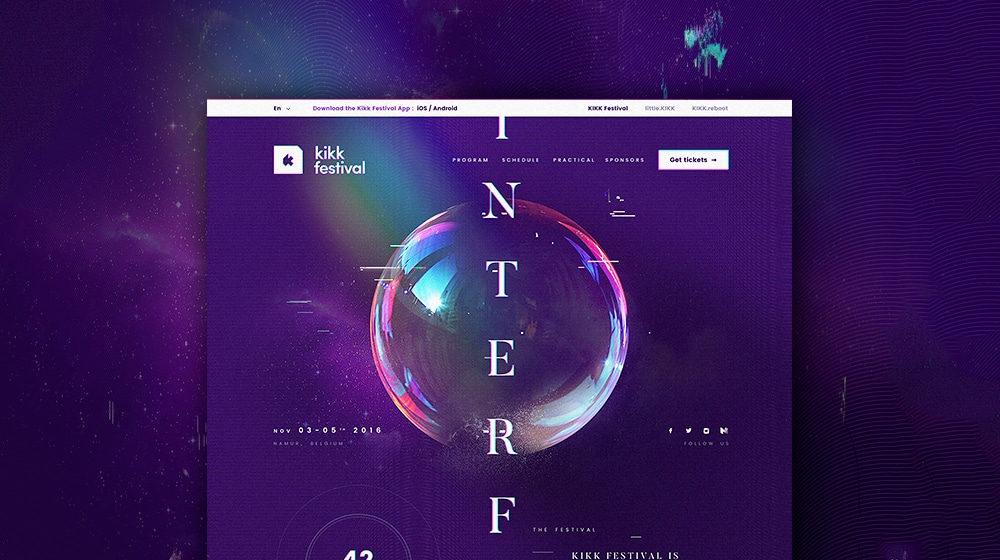
First up is your website in general. Even the basic elements of your website design can make or break a customer relationship. Site speed, ease of navigation, intuitive – and consistent – usability, modern design standards, and other such factors all go into a good site design.
You can think of it as the digital equivalent of a storefront. You need a building that doesn't look like a run-down warehouse, a sign that doesn't look like you printed it out on 8x11 paper and taped it together, and so on. It's all about trustworthiness. Without a core, well-designed website, all other digital marketing efforts are destined to fail.
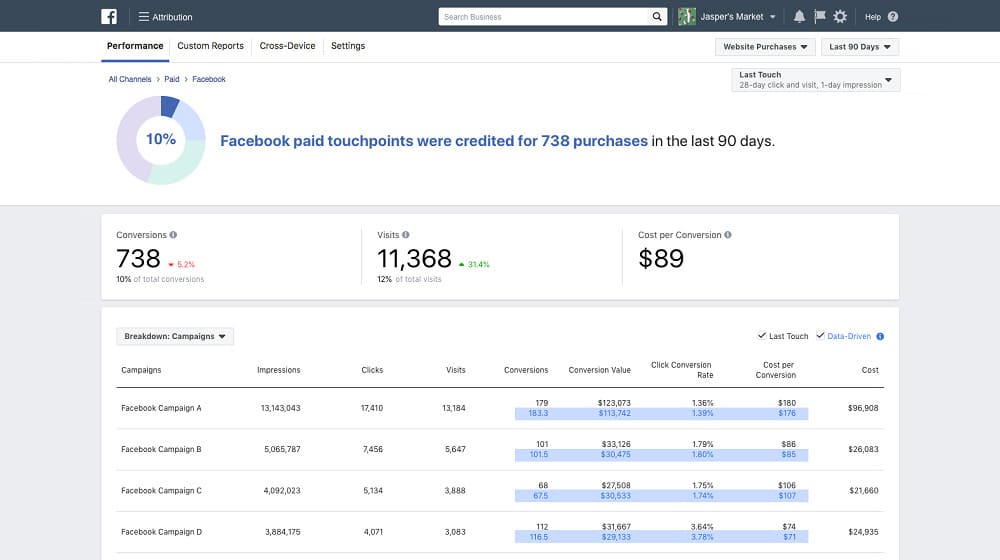
Social media marketing involves maintaining profiles and actively posting on social networks. This can be big-name networks like Facebook, Twitter, or LinkedIn. Alternatively, it can mean posting on more niche networks like Mastodon, AllRecipes, Imgur, or others.
Social marketing is generally meant to humanize your brand. It's also meant to allow you to locate your audience where they "live", to reach them with your messaging at a point when their guard is somewhat down and they're more likely to engage, which builds trust and informs them.
Common – Content Marketing
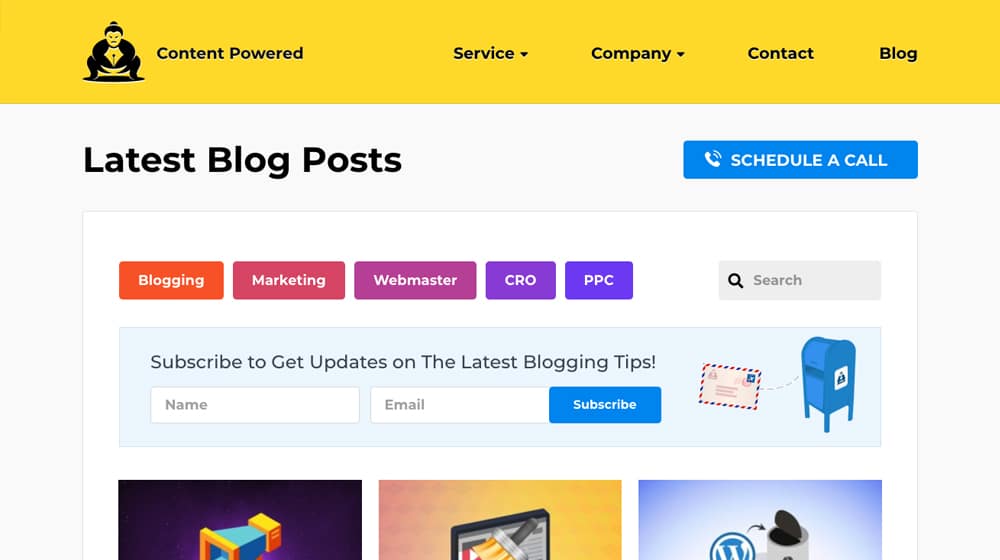
Content marketing is a huge aspect of modern online marketing. It primarily centers around your blog. It includes your blog posts, as well as any other digital content you're creating, such as ebooks, videos, infographics, and more.
Content marketing also includes content you post on sites other than your own. This can include social media posts, as well as guest posts, social media takeovers, and other such content. The core of content marketing is, well, the content, and posting it everywhere you can as much as you can.
The purpose of content marketing is three-fold. First, it builds trust and authority in your brand. You're providing accurate information, knowledge, and insight, so people trust you more to know what you're talking about. Second, it educates users. Teaching them what they want to know, or informing them what they need to know, makes them more reliant on you. Third, it draws them into your sales funnel, where they can be exposed to CTAs and other pressure to convert into paying customers.
Common – Search Engine Optimization

SEO is the art of tweaking aspects of your website to appeal to search engines. Primarily this means Google, but other search engines are relevant as well. Consider second-tier engines like Bing and DuckDuckGo, and also niche search engines like YouTube or Google Images.
SEO is all about paying attention to what gets a site in the index, what gets it removed, and how to get the best results. It means meta data, image alt text, site speed, ease of use, and a wide variety of other factors. Some of those factors have overlap with content marketing at this point, because of Google's focus on content.
SEO is essential for online visibility. Without it, you're much more reliant on paid advertising, which becomes much more expensive to maintain and has fewer long-term, lingering results.
Common – Paid Advertising on Search
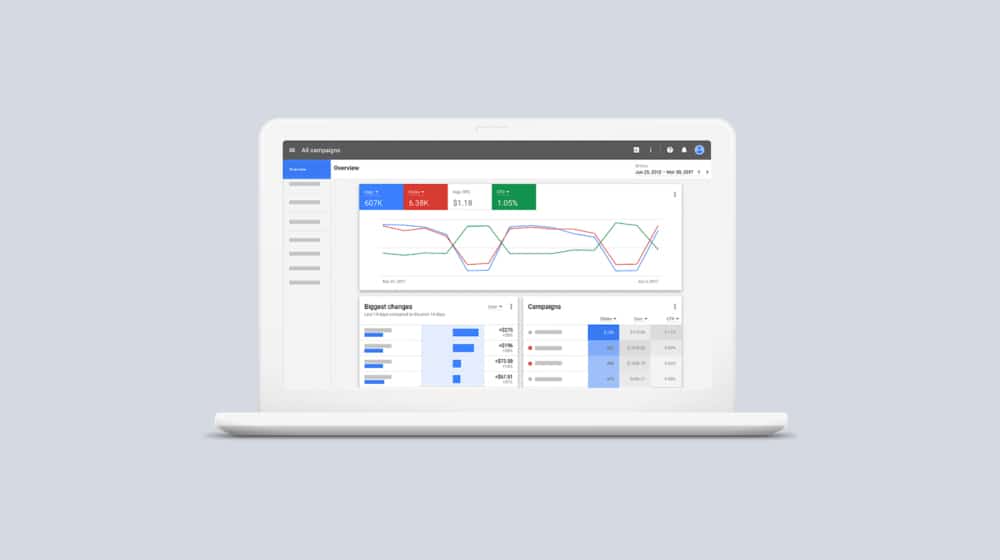
Also called search advertising, this is a form of PPC advertising that overlaps with SEO, in a way. You have to pay money to get a position in the search engine results pages, again usually for Google. There's a lot of work involved in picking the right keywords to target, picking other targeting options like audience location and demographics, and writing the advertising copy.
Paid search advertising is an important bridge between organic search marketing via content and SEO, and paid advertising on other sites on the web. It helps you get more clicks and referrals from the search engines, but can give you more preferential positioning than your content and SEO would normally allow.
Paid search advertising is typically used to augment organic search marketing, as well as encourage conversions from goal or purchase-oriented queries. It's good for awareness and good for conversions, but has the drawback of being short-lived if you stop paying for it.
Common – Paid Advertising on the Web
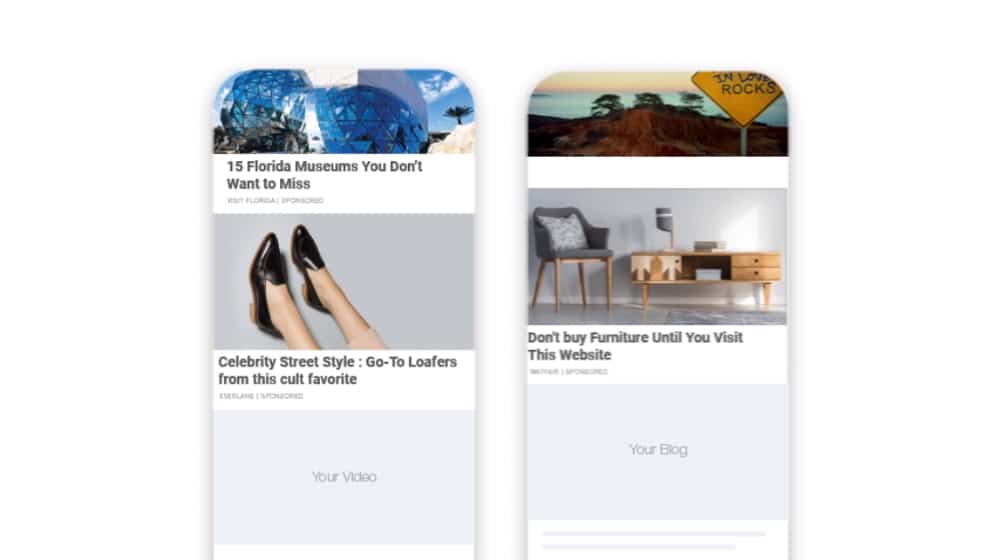
Paid advertising online is like paid search advertising, except it can take place on a wide variety of other channels. You can get display advertising through Google, advertise on social networks like Facebook, Twitter, or YouTube, or get various forms of display or app advertising through a wide range of third party networks.
Most people call this the PPC advertising marketing channel, but there's more than just pay per click. You can also pay per lead, pay per view, pay per follow, pay per conversion, and more. Costs can vary, as can results, and there are a thousand different factors to consider when optimizing for success.
Paid online advertising is an important way to convert money into leads or customers, and it helps fill the gap between starting out with something – be it a new project, a new product, or a new business – and your organic marketing building into a success.
Common – Affiliate Marketing
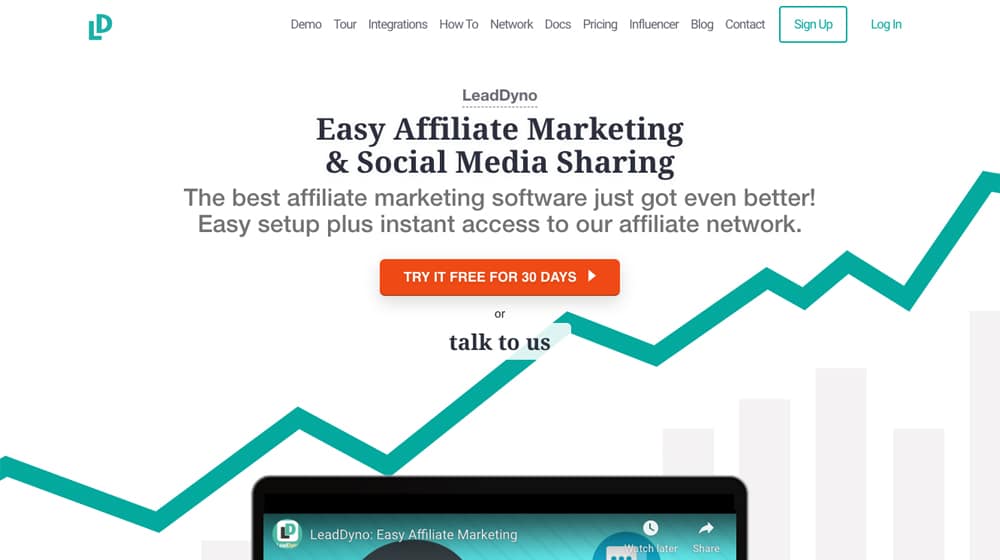
Affiliate marketing is a kind of content marketing, though instead of producing the content yourself, other people produce it and advertise for you. I'm looking at it from the business perspective, by the way; you're making money by selling, but you're paying a commission to the people who do the referring.
Affiliate marketing isn't appropriate for everyone. However, because of the easy accessibility of Amazon's affiliate network and the ability to list products on Amazon, you can run a basic version of an affiliate network by paying Amazon. There are also affiliate programs in plugin form you can just drop in on certain styles of website.
We create blog content that converts - not just for ourselves, but for our clients, too.
We pick blog topics like hedge funds pick stocks. Then, we create articles that are 10x better to earn the top spot.
Content marketing has two ingredients - content and marketing. We've earned our black belts in both.
Affiliate marketing helps you mobilize other content marketers to sell for you, which boosts your conversions, though you tend to lose out on the audience building aspects of those conversions.
Common – Email Marketing
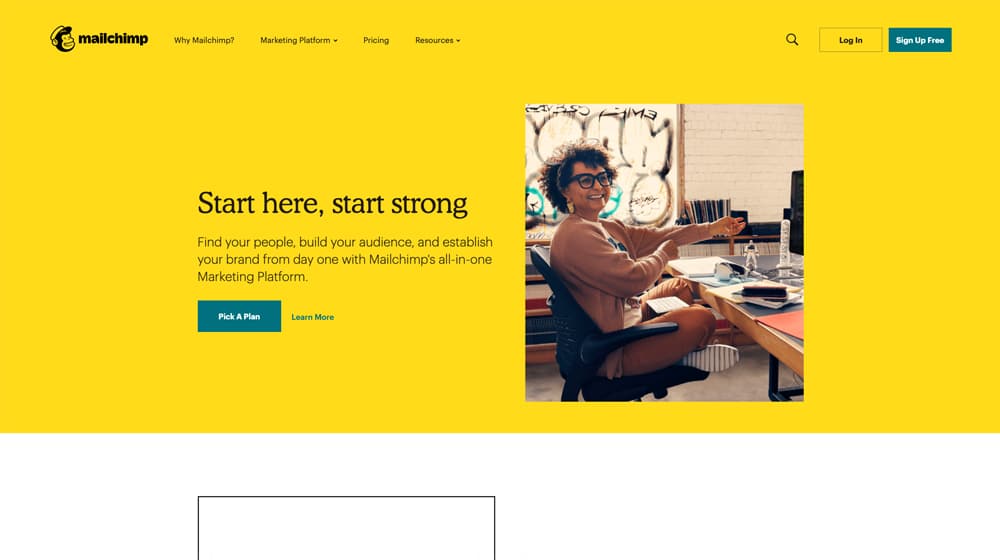
Email marketing is the practice of gathering email addresses from your audience, and using those to reach out with useful information, notifications of sales, and other messaging that may cause those users to want to make a purchase.
Email is also critically important for one reason: it's a marketing channel you control completely. No one can shut down an account and take your mailing list away from your or silence you, the way shutting down a social network profile or a Google advertising account can. As such, it's one of the most resilient, though not necessarily the most effective, channels you have available for marketing.
The best use for email is being able to reach out and continue engaging with users who might not be regular readers or social media followers. It's a way to reach an audience in a location other than a third party site or your own website, as well.
Common – Mobile Marketing

Mobile marketing is a weird sort of additional marketing channel that overlaps with a lot of other channels. Website design, content marketing, display advertising; it's all valid on mobile.
The reason it's separated into its own channel here is that mobile, while accessing the same internet, is a very different world. Mobile doesn't have all the same benefits of desktop displays, like a huge screen, script and ad blocking, robust script execution, and so on. Mobile web design is very different. Additionally, mobile opens up unique channels, such as push notification marketing and app marketing.
Mobile is extremely important. Over half of all modern web use today is via mobile devices, so if your marketing can't reach mobile users, or can't reach them very well, you're missing literally half of your potential audience, if not more. Some niches are more highly mobile than others.
Common – Instant Messenger Marketing

Instant messengers have transformed a lot since the days of AIM and ICQ. Today, messenger marketing uses platforms like Discord, Facebook Messenger, and Snapchat to reach an audience, primarily a younger and more tech-savvy audience.
IM marketing benefits the most from having a casual and engaged persona for your business. Since you're chatting directly with people, either one on one or in group chats, you need to be able to read, parse slang and casual conversation, and address concerns without putting your foot in your mouth. This means you need to have careful control over your representatives, and make sure they know how to handle themselves even in the midst of widespread negative criticism, awful chat (such as racism/transphobia), and meme spam.
Not every company is suited for instant messaging marketing, but it's an extremely good channel for audience engagement when it's available to you.
Now let's get into some of the more non-standard forms of digital marketing.
Less Common – AR/VR Marketing
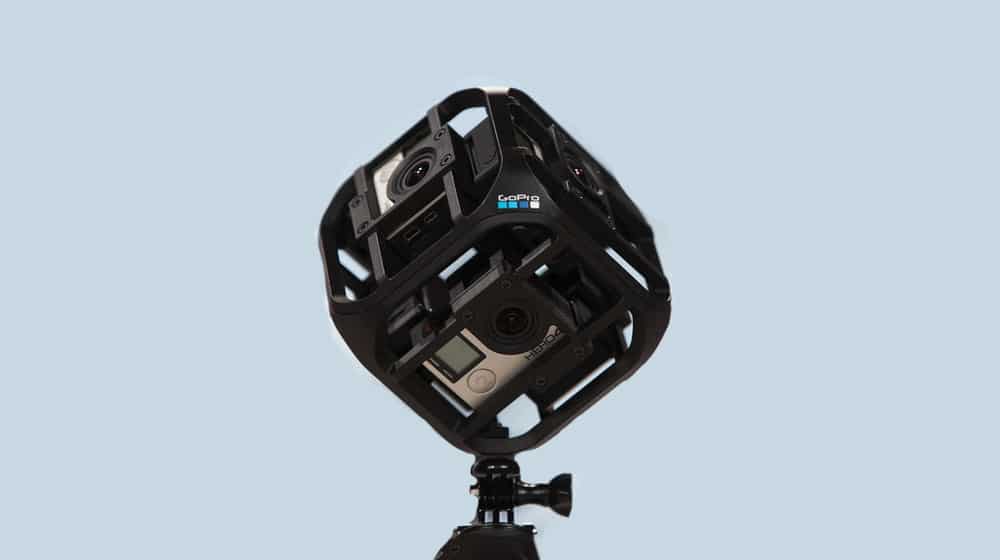
VR, or virtual reality, is a new platform that still has low adoption and few marketing opportunities. Much more common is AR, or augmented reality. Amazon has been pushing this for a couple of years; you can use their phone app to select a product and see an overlay of how that product would look at your home, using your camera for a picture feed.
Augmented reality can also use platforms like Alexa/Siri/Google Home to provide augments and added value to common situations, from asking the platform questions to getting weather reports to shopping via voice.
There's a ton of variety in this space and very little is being utilized, because it's a more or less brand new marketing channel. Keep an eye on this space; AR at the very least is likely to become very important within the next decade.
Less Common – Influencer Marketing
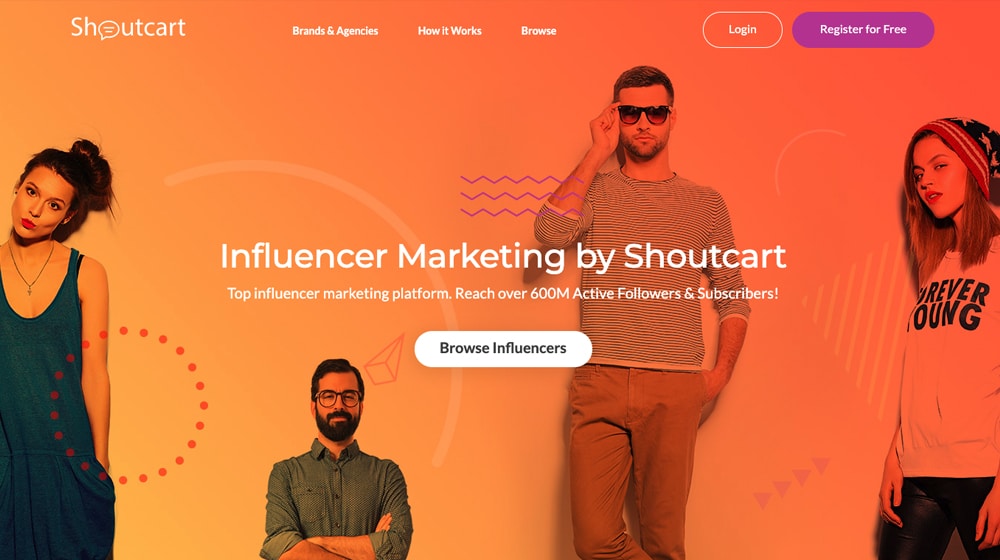
Influencer marketing is not really new, but the format it's taking in the modern, digital age is almost new. In the past, you might hire a celebrity to go on television and proclaim the benefits of your product. Indeed, this still happens, from celeb endorsements to sports sponsorships to infomercials.
Online, the definition of influencer is much broader. You don't need to capture the attention of Taylor Swift; you can hook an Instagram model with a few hundred thousand followers instead, more easily and for a lower price. You can also network with in-niche authorities for partnerships and endorsements, such as if I got a shout-out from Neil Patel or Kristi Hines or some other prominent figure in marketing.
Influencer marketing is very powerful as a marketing channel, because people trust the authorities they follow, look up to, or idolize. When their idol recommends a product or business, they're much more likely to view it favorably. When you can wrangle these kinds of deals, it's excellent for your brand.
Less Common – Public Relations Outreach

PR is not limited to a digital platform, but the digital platform makes it more effective. In the past, to get public visibility, you might need to be a prominent event sponsor or host. These days, you can throw in a small donation and get a shout-out on a website, or some other smaller trade.
PR is a way to showcase that your business has interests outside of your own profit margins. You want to benefit your local community, sponsor charities, or help individuals in your community.
As such, PR is a good way to get a positive spin on your reputation, though in some cases it can be pretty transparent. Just something to watch out for.
Less Common – Radio Advertising

Radio advertising can be considered traditional non-digital advertising except for two reasons. First, just about every FM radio is a digital signal these days, so it's still technically a digital technology. Second, you can access systems like XM radio, which is an even more digital signal, or internet radio, which is as digital as can be. Keep in mind that radio can be radio station players, or it can be streaming services like Pandora or Spotify.
Radio ads can be effective, but are often expensive, because they're wide-spectrum. You don't have much control over who you reach beyond trying to align your target demographics with the demographics of the people listening to the station. As it is, it's best for major announcements or for awareness, not for conversions.
Less Common – Television Advertising
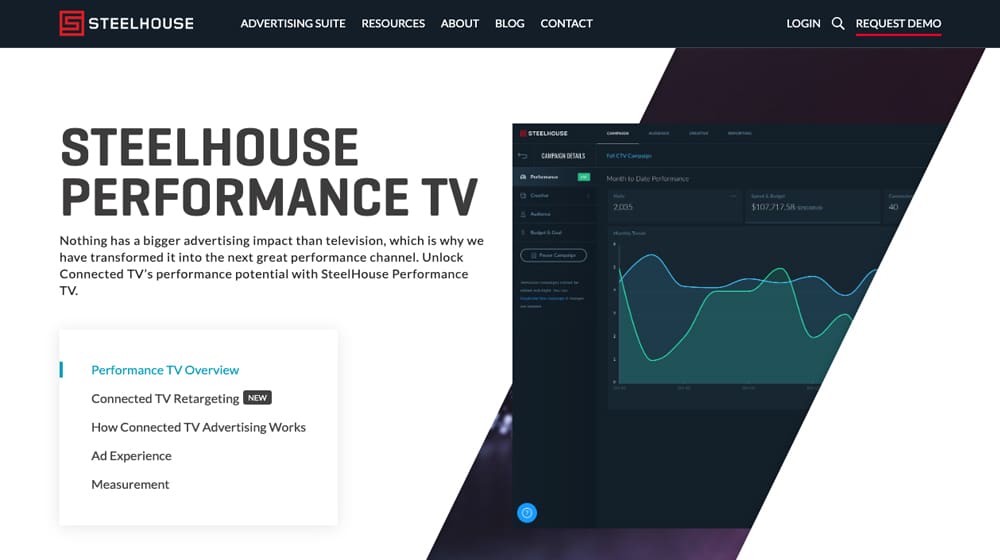
Television is much the same as radio and can be considered digital for the same reasons. It's often even more expensive than radio, with the right spots taking millions of dollars to buy. That doesn't even consider the cost of producing a video advertisement.
Television advertising is still valid and viable for many businesses, but it's not always going to be ideal. Use it as an experiment or if you're confirmed to be a business that can gain a good amount of exposure and customers from it. Otherwise, it's often too expensive and too untargeted to be worth the expense.

I mentioned this scenario up top; using digital means to accumulate information to send physical mailer. You can also do it in reverse; use an in-store sign-up to register people for email marketing. There's also ways to link physical and digital through mailers, such as with QR codes or simple text strings a user can enter for an online discount.
Mailers can be cheap or expensive to produce and mail, so you have to do a careful analysis of who you're going to reach and how you can convert those people. Without that research, you're going to be wasting money.
So there you have it; sixteen forms of digital marketing and their uses. Which ones are best for your business will vary, but it can be worthwhile looking into all of them, as well as ways to overlap different channels within overarching marketing campaigns.



 30 Second Summary
30 Second Summary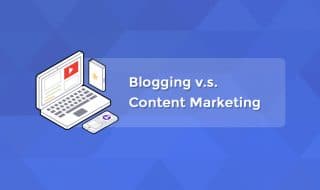

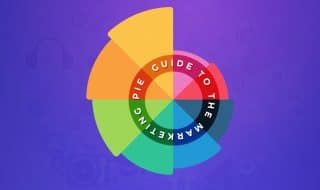
August 25, 2020
Mobile Marketing is interesting. From your experience James, was it easy to navigate and implement this style of marketing with your clients? And was the result worth it? Thanks
August 25, 2020
Hey Jason!
Most of these in-app push notifications and mobile ads are effective at promoting other mobile apps.
Occasionally (on those free iPhone games) I'll see clients like Geico on there going for mass awareness, but Geico also pays to have planes fly over big cities with giant Geico banners, so they are going for as many eyes on their branding as possible for as cheap as possible. I think you have to consider that most of the people using these apps are just trying to get past the annoying ad and click that "X" button. For that reason I'm not the biggest fan, but for some mobile app companies it could work very well since they are already on their mobile device.
As far as paid ads goes, the majority of my clients use Google Ads (B2B dominant) and Facebook Ads (B2C dominant) in addition to content marketing.
Hope this helps 🙂
July 19, 2022
Good point.
September 21, 2024
I always wondered if those push notifications help. Do many people use them
September 26, 2024
Hey Tyrell!
Push notifications can be pretty helpful for a lot of businesses. A ton of our clients use them and they really help with re-engaging users who might otherwise forget about your site or app. I like to think of them as little reminders that bring people back. They're also great for sending updates or special offers - things like that.
Hope that helps! Let me know if you have any more questions!
September 26, 2024
Those notifications brought me back to apps I forgot about!
October 03, 2024
Hey Jessika!
You're totally right! Those app notifications really work like little reminders of forgotten treasures don't they? I always find myself rediscovering apps I haven't used in ages and it's kind of funny how technology gives us those nudges.
You might even stumble upon some new features you didn't know existed. Digital marketing is pretty clever like that.
Hope you're looking into online marketing strategies and finding them helpful! If there's anything else I can do for you just let me know. 😊
October 22, 2020
Woah! I didn't know that digital marketing is this wide!
October 26, 2020
Hi Rochelle! It is a little overwhelming sometimes, especially for new business owners. There's new ones being created all the time. We might edit and expand on this post down the road and make this more comprehensive, we just covered the most popular ones but there are so many more.
October 09, 2024
i always wonder how businesses pick which online marketing to start with. there are so many options
October 11, 2024
Hi Marc! It can be hard to decide where to begin with online marketing and it really depends on what your business wants to achieve. I often suggest starting with either SEO or social media because they are great foundations. Many of our clients on platforms like Shopify have quick success with these options. The type of business you have and your audience can also guide your choice. If you are taking this on by yourself please know that I'm always here to help! 😊
March 08, 2021
What a great guide! I'm trying to branch out to more of these and see if I can make any of them work for me. This gave me the birdseye view that I was looking for.
March 12, 2021
Haha, thanks, Jenna! That's what I was going for 🙂
If it wasn't obvious in my post, I'm partial to content marketing as it's arguably the best long-term investment.
What's your primary marketing channel right now and what are you considering trying out?
January 11, 2022
Great info here, James. We've always relied on the more common types such as managing our website and social media marketing. But as our business grows and to help it grow even further, we're looking into other digital marketing strategies. Your list has already given me some great ideas I can bring up to the team. Thanks.
January 12, 2022
Hey Dan! Thanks for the kind words. What do you think you'll try next?
June 03, 2022
Great read regarding a brief overview of digital marketing as well as the benefits of each type for continued business success. Thanks for this.
June 03, 2022
You're welcome, Logan!